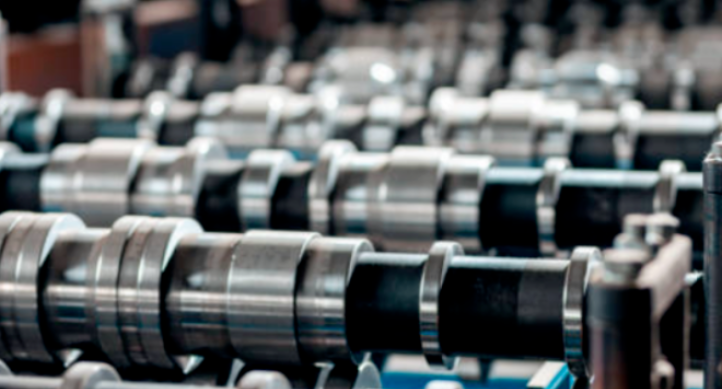
Posted on Friday, October 11, 2024
As the roll forming industry continues to evolve, advancements in tooling technology are playing a crucial role in enhancing production efficiency across Australia. These innovations are not just about improving output; they also focus on increasing precision, reducing waste, and minimizing downtime. Here are some of the key trends and advancements in roll forming tooling that are making a significant impact on the manufacturing landscape in Australia.
The integration of smart technology into tooling is revolutionizing roll forming processes. Smart tools equipped with sensors provide real-time data on performance metrics such as wear, temperature, and pressure. This information allows manufacturers to anticipate maintenance needs, reducing unexpected downtimes and ensuring a smoother production flow.
Modular tooling systems are becoming increasingly popular in Australia. These systems allow manufacturers to quickly swap out tooling components for different profiles or product lines. This flexibility significantly reduces changeover times, enabling manufacturers to respond more swiftly to market demands and optimize production schedules.
Innovations in materials used for tooling have also emerged, including high-performance alloys and coatings that enhance durability and reduce wear. Tools made from these advanced materials can withstand the rigors of high-speed production, leading to longer life spans and less frequent replacements, ultimately reducing operational costs.
3D printing is making waves in the production of roll forming tooling. This technology enables the rapid prototyping of tooling components, allowing for quicker design iterations and custom tooling solutions tailored to specific manufacturing needs. As a result, companies can innovate faster and bring new products to market more efficiently.
Automation in tooling adjustments is another significant innovation. Systems that automatically adjust the positioning and alignment of tools in response to changing material conditions or production requirements can help maintain consistent product quality while minimizing the need for manual intervention.
Australian manufacturers are increasingly collaborating with tooling suppliers to develop bespoke solutions that meet their unique production challenges. This partnership approach fosters innovation and ensures that tooling designs are optimized for specific manufacturing environments, improving overall efficiency.
As new tooling technologies are introduced, the importance of training and support cannot be overstated. Manufacturers are investing in training programs to ensure that their operators are skilled in using the latest tooling innovations effectively, maximizing the benefits of these advancements.
Innovations in roll forming tooling are set to enhance production efficiency in Australia significantly. By embracing smart technologies, modular designs, advanced materials, and collaborative approaches, manufacturers can improve their operational performance and stay competitive in the global market. As these advancements continue to unfold, they will play a pivotal role in shaping the future of the roll forming industry in Australia.

Understanding Coil IDs, Mandrel Sizing, and Shear Pin Safety in Uncoilers
Posted on Wednesday, October 1, 2025
Mismatched sizes can lead to machine damage, downtime, and safety hazards — often evidenced by a shear pin failure.

How Coil Tensile Strength Affects Roll Forming and How to Adjust Your Machine
Posted on Wednesday, October 1, 2025
Changes in tensile strength can significantly affect the finished profile, causing misaligned bends, uneven edges, and out-of-spec parts.

Why Paint Cracks on an Embossing Line Running Pre-Painted Coil and How to Prevent It
Posted on Wednesday, October 1, 2025
This issue not only affects the visual quality of the product but can also lead to increased scrap rates and customer complaints.

The Most Popular Standing Seam Metal Roof Panels in the U.S. — A Comprehensive Guide
Posted on Monday, September 29, 2025
In this post, we’ll explore what panel styles and sizes are most popular in the U.S